Emerging insect pests of sesame under changing climate scenario
Emerging insect pests of sesame under changing climate scenario
Introduction
Sesame (Sesamum indium L.) has earned a poetic label ‘Queen of Oilseeds’ due to the high quality polyunsaturated stable fatty acid that inhibits oxidative rancidity. It has other nutritional and medicinal benefits like anti-cancer, anti-diabetic, anti-inflammatory, and regulates cholesterol. The present growth rate of domestic oilseed production (~2%) is inadequate to fulfil the rising demand (~4%). Under such circumstances, serious research efforts are required to enhance the production and productivity using latest breeding tools to mine and utilize the germplasm with desired traits. Biotic stresses are a major constraint for increasing the production and productivity of this crop.
Insect pests are responsible for quantitative and qualitative yield reduction in sesame (Muzaffar et al., 2002). An updated checklist of insect pests of sesame is provided, with 201 species included. Among these, the Cicadellidae with 20 species and Pentatomidae with 19 species are the predominant ones followed by Noctuidae (14), Miridae (11) and Chrysomelidae (10). Quantitative damage due to insect pests’ infestation in sesame was reported to be between 5-50% of the total sesame production in Africa (Muzaffar et al., 2002). Globally, yield loss in sesame due to insect pest infestation was reported to be 25% with most of the injury inflicted during flowering stage (Weiss, 2000). Antigastra catalaunalis Dup. was found to have the highest relative incidence of 0.63 (Egonyu et al., 2005). Mean percentage of infested plants was >80% and approximately 50% of the capsules were seriously affected (Simoglou et al., 2017). Yield losses were >50%, due to direct insect damage and premature opening of the infested capsules (Simoglou et al., 2017).
In India, the damage due to insect pests is also one of the major factors causing low productivity in sesame (Biswas et al., 2001). A. catalaunalis is a key insect pest of sesame and causing economical loss to an extent of 43.1% (Gupta et al., 2002). A. catalaunalis incidence was severe on late sown sesame (100%) compared to early sown varieties (73.3%, Ahirwar et al., 2009; Karuppaiah and Nadarajan, 2013). Incidence of A. catalaunalis was high mostly during vegetative phase (15–20%) compared to productive phase (10–15%, Chaudhry et al., 1989). Nymph and adults of some sucking insect pests, Orosius albicinctus Distant, Nesidiocoris tenuis Rent. and Bemisia tabaci Gennadius suck the sap from leaf, flower, and pods (Mishra et al., 2015). This leads to curling of leaf margin downwards, stunted the growth of the plant and ultimately reduce the yield. Whitefly are also responsible to transmit leaf curl diseases in sesame. Incidences of whiteflies, mirid bug, and aphids are very low in sesame (Mishra et al., 2015). Keeping these facts in view, the current investigation carried out to determine the incidence of whiteflies, mirid bug, and aphids in sesame under climate changing scenario.
Emerging insect pests of sesame
The present study was carried out during 2020-21 in the research farm of ICAR-Indian Institute of Oilseeds Research, Rajendranagar, Hyderabad, Telangana, India at an altitude of 540 m, 17º19'17" N latitude and 78º24'51" E longitude and has a tropical agro-climate. For the seasons 2020–21, field experiments were conducted in sesame (Var. Swetha). The net plot size was 4 m × 5 m with spacing of 40 cm × 30 cm row to row and plant to plant, respectively. All the recommended agricultural practices were followed in raising the crop. No plant protection measure was taken throughout the crop season. Observations on the incidence of insect pests were recorded at weekly intervals starting from initial appearance to final disappearance or up to harvest. Observations on the incidence were recorded from 10 randomly selected plants by counting number of immature and adults per plant.
Incidence of whiteflies (Fig. 1) and mirid bug (Fig. 2) caused huge damage to sesame crop and considered as emerging pests of sesame since they caused huge yield losses. Whitefly was observed to suck the cell-sap from the lower surface of leaves and also in the tender leaves. Mirid bug was observed to suck the cell-sap from tender leaves, flowers, and fruits. Population (per 10 plants) of whiteflies and mirid bug ranged from 0 to 9.7 and 0.3 to 5.3, respectively. Population (per 10 plants) of whiteflies and mirid bug reached highest during second fortnight of November 2021 (9.7 and 5.3, respectively). Other insect pests such as aphids (Fig. 3) and stink bug (Fig. 4) also caused damage to sesame. Population (per 10 plants) of aphids and stink bug varied from 0 to 68.0 and 0 to 2.0, respectively. Earlier, Mishra et al. (2015) reported that incidence of whitefly and mirid bug were at peak respectively during 34th and 35th standard meteorological week. The knowledge of the spatial distribution of the insect pests would also deeply abet in the targeting the control measures. However, further research is suggested to evaluate the efficiency of integrating the forecasting model into the existing control programme in terms of its impact in reducing the insect pests incidence and also the cost of control interventions.
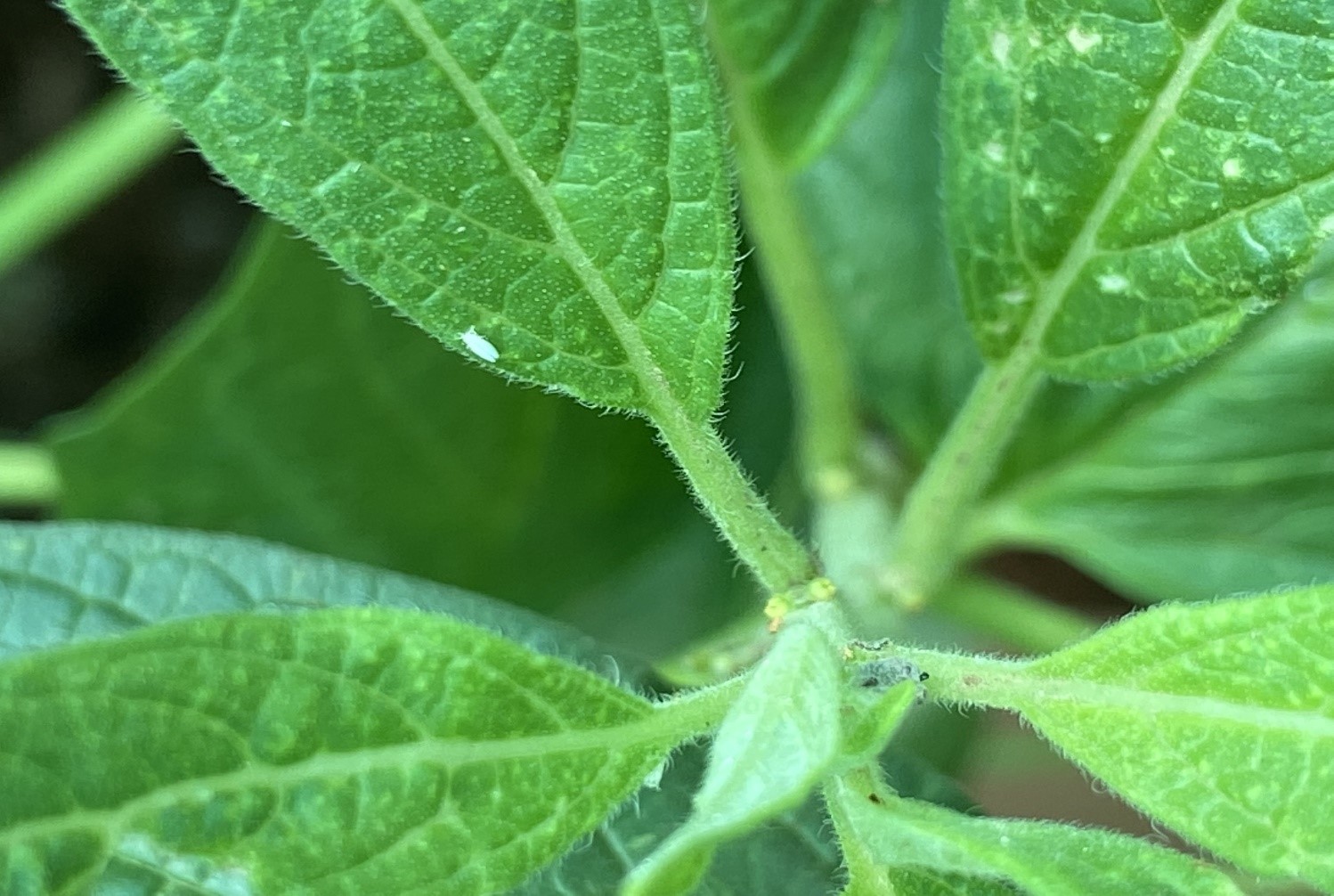
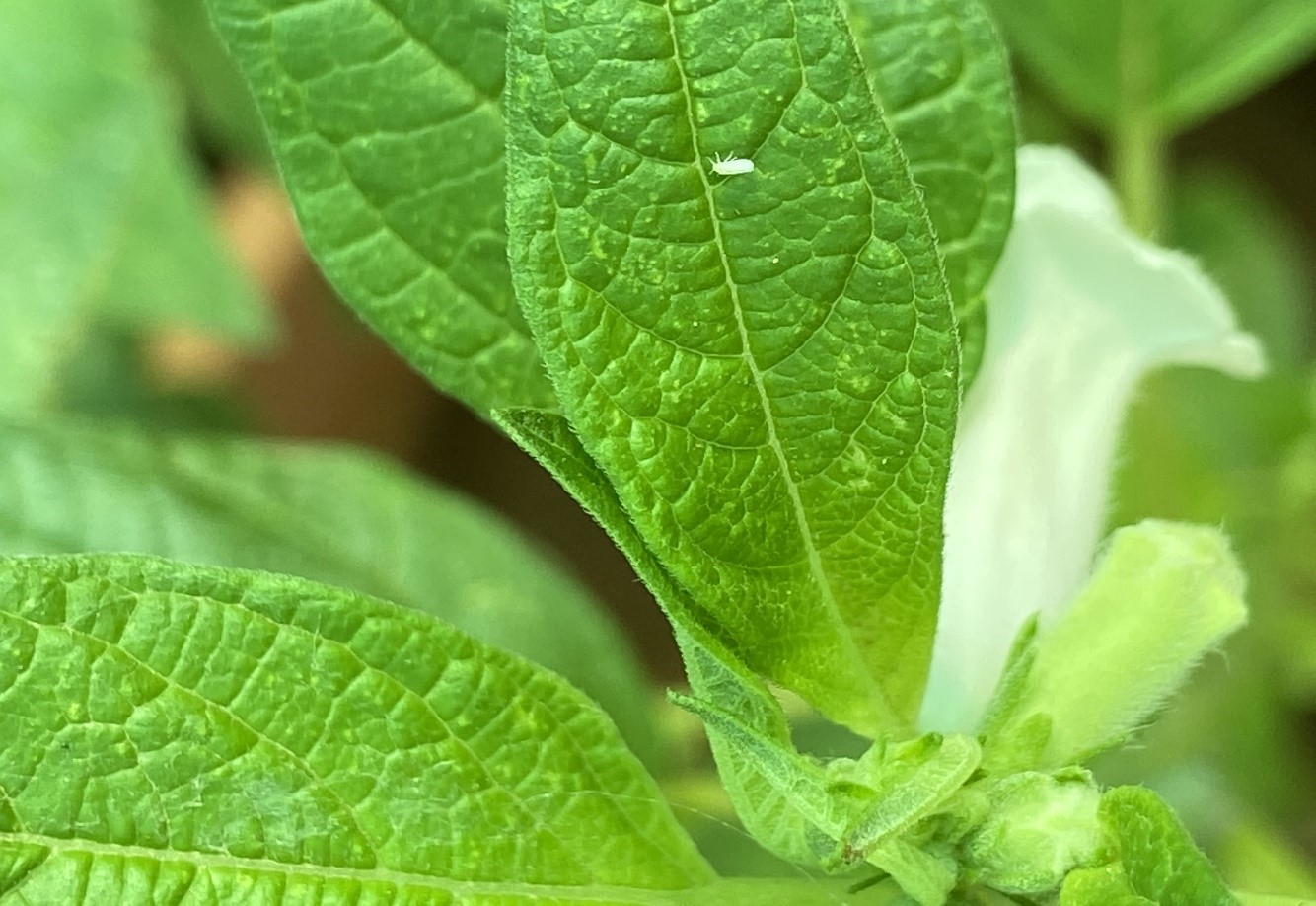
Fig. 1. Whiteflies and its damage symptoms
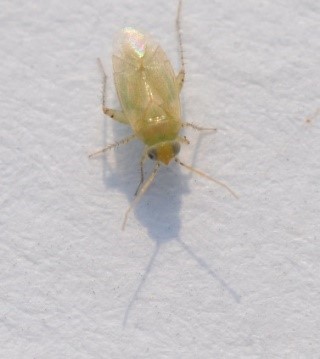
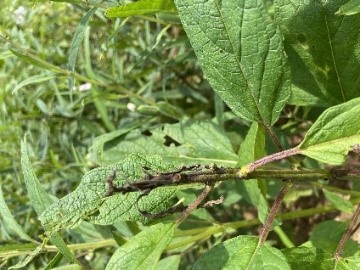
Fig. 2. Mirid bug and its damage symptoms
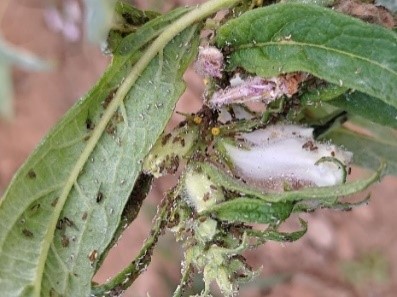
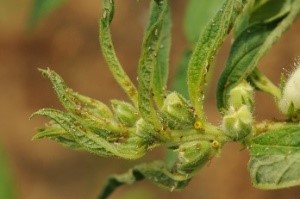
Fig. 3. Aphids and its damage symptoms
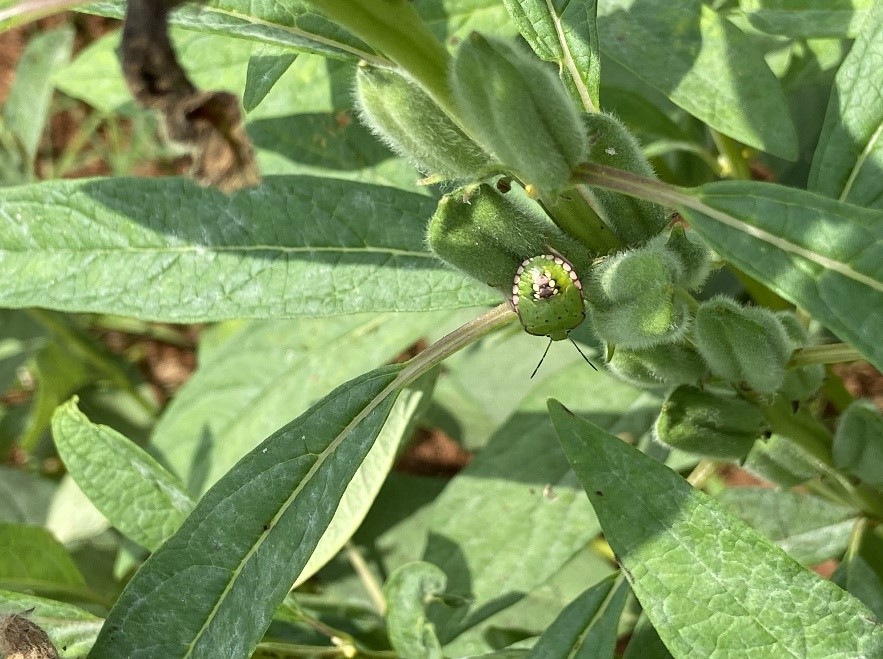
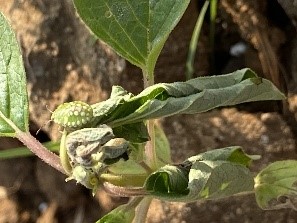
Fig. 4. Stink bug and its damage symptoms
References
- Ahirwar, R.M., Banerjee, S. and Gupta, M.P. 2009. Seasonal incidence of insect pests of sesame in relation to abiotic factors. Annals of Plant Protection Science, 17(2): 351-356.
- Biswas, G.C., Kabir, S.M.H. and Das, G.P. (2001). Insect pest of sesamum (Sesamum indicum Linn.) in Bangladesh, their succession and natural enemies. Indian Journal of Entomology, 63: 117-124.
- Chaudhry, A.H., Oad, B.R. and Mehring, K. 1989. Highlights of Improvement Research on Oilseed Crops in Sindh. Oilseed Section, Agriculture Resource Institute, Tandojam, Pakistan.
- Egonyu, J., Egonyu, J.P., Kyamanywa, S., Anyanga, W. and Ssekabembe, C.K. 2005. Review of pests and diseases of sesame in Uganda. In: African Crop Science Conference Proceedings, 7: 1411-1416.
- Gupta, M.P., Rai, H.S. and Chourasia, S.K. 2002. Incidence and avoidable loss due to leaf roller/capsules borer, Antigastra catalaunalis Dup. in sesame. Annals of Plant Protection Science, 10: 202-206.
- Karuppaiah, V. and Nadarajan, L. 2013. Host plant resistance against sesame leaf webber and capsule borer, Antigastra catalaunalis Duponchel (Pyraustidae: Lepidoptera). African Journal of Agricultural Research, 8(37): 4674–4680.
- Mishra, M.K., Gupta, M.P., Thakur, S.R. and Raikwar, R.S. 2015. Seasonal incidence of major insect pests of sesame in relation to weather parameters in Bundelkhand zone of Madhya Pradesh. Journal of Agrometeorology, 17(2), pp.263-264.
- Muzaffar, A.T., Rab, D.K., Maqsood, A.R. and Imtiaz, A.N. 2002. Insect pests associated with sesame at Tando Jam. Pakistan Journal of Applied Science, 2(7): 723-726.
- Simoglou, K.B., Anastasiades, A.I., Baixeras, J. and Roditakis, E. 2017. First report of Antigastra catalaunalis on sesame in Greece. Entomologia Hellenica, 26 (2017): 6-12.
- Weiss, E.A. 2000. Oil Seed Crop, 2nd Ed. Blackwell Science, Inc.
Contributors : T. Boopathi*, M. Sujatha, K.T. Ramya, A.L. Rathnakumar and K. Sakthivel, ICAR-Indian Institute of Oilseeds Research, Rajendranagar, Hyderabad-500 030, Telangana, India
*Corresponding author email: boopathiars@gmail.com
Last Modified : 8/10/2023
Provides information about Sesame Phyllody: Potent...
This topic provides information about export poten...
